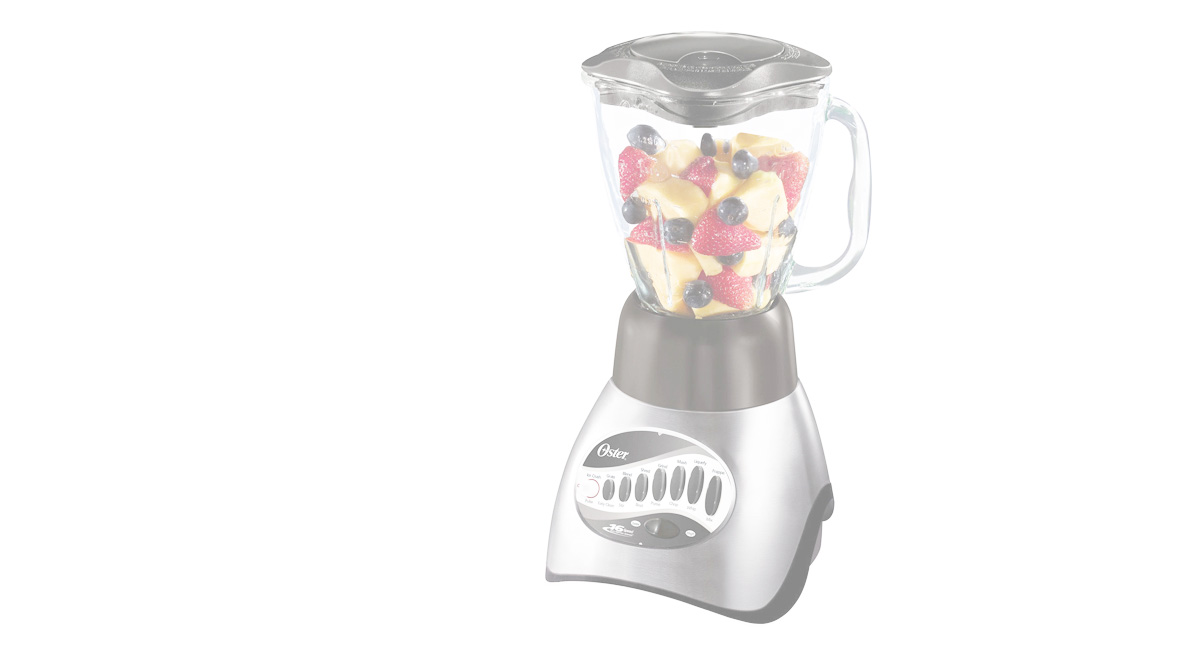

Borosilicate glass is a type of glass which includes at least five percent boric oxide. The boric oxide makes the glass resistant to extreme temperatures, and also improves its resistance to chemical corrosion. This glass is very popular in the manufacture of scientific instruments, and it was once widely used to make glass for kitchens as well. Today, soda-lime glass is the glass of choice for kitchenware, due to the fact that it is generally cheaper to produce than borosilicate glass.
Invention of borosilicate glass is generally credited to Otto Schott, a German glassmaker who worked in the 19th century. By the late 1800s, the process for making borosilicate glass had been refined. Because borosilicate glass is stronger and more durable than conventional glass, it has a number of far reaching uses.
This glass is not invincible, of course. It will crack if subjected to very sudden and radical temperature fluctuations, or if it is dropped. It is more likely to crack or snap than to shatter, however, making it a safer glass to have around in a situation where breakage is a concern. In the event that borosilicate glass does crack, it is generally easier and safer to clean up than shattered glass.
Borosilicate glass can handle both extreme heat and cold, making it very popular for laboratory glassware and other scientific instruments. It also has a reduced rate of thermal expansion, which can make it useful for things like telescopes and other high precision lenses where the surface of the lens must be very even for a clear image to be obtained.
This glass is also resistant to chemical corrosion, which can be extremely useful for experiments and chemical storage. Although all glass tends to be fairly chemical resistant, borosilicate glass is able to handle extremely volatile chemicals, along with nuclear waste.
In addition to being found in scientific labs, borosilicate glass can also be seen in windows, high-end lighting, cookware, and some other applications. As a general rule, products made with borosilicate glass will be more expensive than those made with ordinary glass, because the glass requires greater heat and more labor to produce.